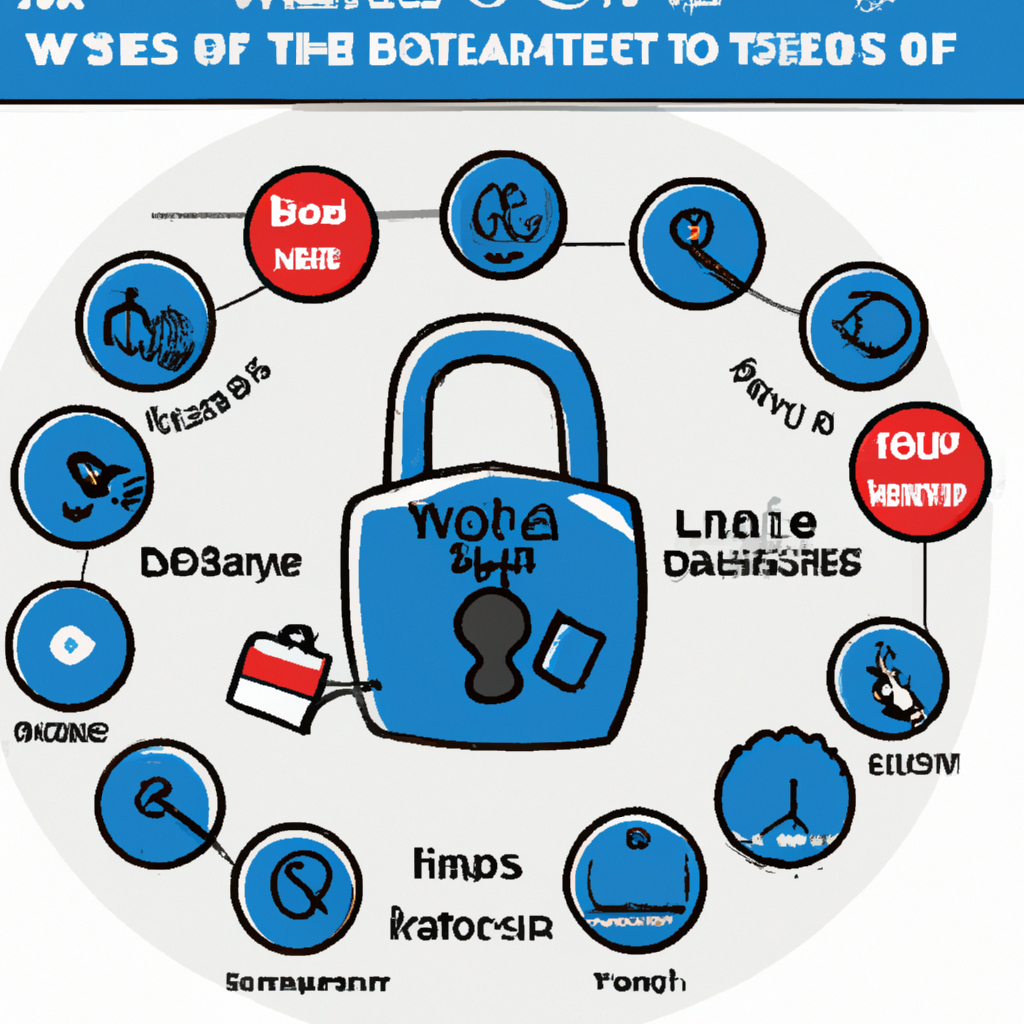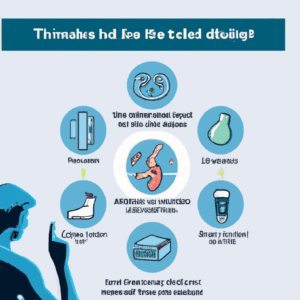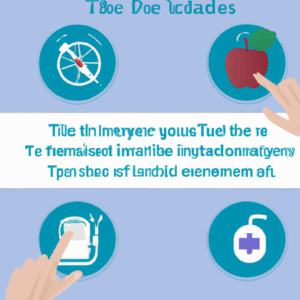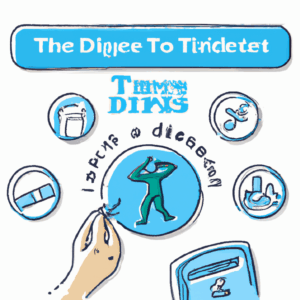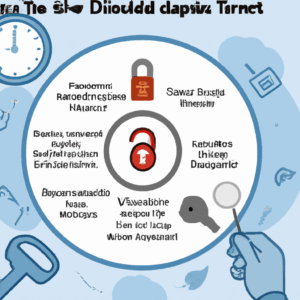1. Introduction: Context and Importance
Type 1 diabetes is a chronic condition that often begins in childhood or early adulthood, affecting millions worldwide. Unlike type 2 diabetes, type 1 is an autoimmune disorder where the body’s immune system mistakenly attacks insulin-producing beta cells in the pancreas. This results in a complete lack of insulin, a hormone essential for regulating blood glucose levels. As a consequence, individuals with type 1 diabetes must rely on external insulin sources to manage their blood sugar levels and prevent complications.
The importance of understanding type 1 diabetes cannot be overstated. The condition requires continuous monitoring and management, impacting various aspects of daily life. The disease’s unpredictability poses significant challenges, but with proper education, support, and medical care, individuals with type 1 diabetes can lead full, active lives. This guide aims to demystify type 1 diabetes by providing comprehensive information on its medical background, real-life experiences, and practical advice for those living with the condition.
2. Medical Overview
Type 1 diabetes occurs when the immune system attacks and destroys insulin-producing cells in the pancreas. Without insulin, glucose remains in the bloodstream, leading to high blood sugar levels. The exact cause is unknown, but it is believed to involve a combination of genetic and environmental factors. Unlike type 2 diabetes, lifestyle factors such as diet and obesity do not play a significant role in the onset of type 1 diabetes.
The primary symptoms of type 1 diabetes include increased thirst, frequent urination, extreme hunger, unintended weight loss, fatigue, and blurred vision. If left untreated, it can lead to serious complications such as diabetic ketoacidosis (DKA), a potentially life-threatening condition characterized by high blood sugar and ketone levels.
Diagnosis involves blood tests that measure blood sugar levels and the presence of autoantibodies. Once diagnosed, the cornerstone of managing type 1 diabetes is insulin therapy, delivered through injections or an insulin pump. Continuous glucose monitoring (CGM) systems and advancements in insulin delivery technology have significantly improved blood sugar management for patients.
3. Patient Stories (Hypothetical)
Consider the story of Jake, a 12-year-old boy diagnosed with type 1 diabetes. At first, his parents were overwhelmed by the diagnosis and the responsibility of managing his condition. They attended workshops and met with healthcare professionals to learn how to monitor Jake’s blood sugar levels and administer insulin. Over time, Jake became more independent, using a CGM device to track his glucose levels and participating in sports with confidence.
Another story is about Sarah, a college student who found balancing her academics and social life challenging after being diagnosed with type 1 diabetes. With support from her university’s health services and diabetes support groups, Sarah learned to manage her condition effectively. She uses a combination of insulin pumps and smartphone apps to keep track of her blood sugar levels, allowing her to focus on her studies and enjoy college life.
These stories illustrate the diverse experiences of those living with type 1 diabetes. While the journey can be challenging, many individuals find ways to adapt and thrive with the right support and resources.
4. Practical Tips for Daily Life
Living with type 1 diabetes requires careful planning and management. Here are some practical tips to help navigate daily life with the condition:
- Monitor Blood Sugar Regularly: Use a glucometer or CGM to check blood glucose levels frequently. This helps understand how different foods, activities, and insulin doses affect your sugar levels.
- Maintain a Balanced Diet: A healthy diet is crucial. Focus on whole grains, lean proteins, and plenty of fruits and vegetables. Carbohydrate counting is essential to ensure proper insulin dosing.
- Exercise Regularly: Physical activity helps regulate blood sugar and improve overall health. However, monitor blood sugar before, during, and after exercise to prevent hypoglycemia.
- Plan for Emergencies: Always carry a diabetes kit with insulin, snacks, and glucose tablets. Inform friends, family, and colleagues about your condition and how to respond in an emergency.
- Stay Educated: Keep up with the latest research and advancements in diabetes care. Attend workshops, webinars, and support groups to learn and connect with others.
By incorporating these strategies into daily routines, individuals with type 1 diabetes can effectively manage their condition and lead a fulfilling life.
5. Expert Opinions and Clinical Perspectives
Dr. Emily Brooks, an endocrinologist specializing in diabetes care, emphasizes the importance of personalized treatment plans. “Every individual with type 1 diabetes is unique, and management strategies should be tailored to each person’s lifestyle, preferences, and needs,” she explains. “Advancements in technology, such as insulin pumps and CGMs, have revolutionized diabetes care, allowing for more precise and flexible management.”
Dr. Brooks also highlights the significance of a multidisciplinary approach. “Collaboration between healthcare providers, patients, and their families is crucial. Diabetes educators, dietitians, and mental health professionals play vital roles in supporting patients’ physical and emotional well-being.”
Clinical research continues to explore new treatments and technologies. Recent studies focus on developing closed-loop systems or “artificial pancreas” technology, which automates insulin delivery based on real-time glucose readings. While these innovations hold promise, Dr. Brooks stresses the importance of ongoing patient education and engagement in managing their condition.
6. Common Misconceptions and Correct Understanding
There are several misconceptions about type 1 diabetes that can lead to misunderstanding and stigma. One common myth is that type 1 diabetes is caused by poor diet or obesity. In reality, type 1 diabetes is an autoimmune condition unrelated to lifestyle factors.
Another misconception is that insulin therapy cures diabetes. While insulin is essential for managing blood sugar levels, it is not a cure. Individuals with type 1 diabetes must continuously monitor their condition and adjust their treatment regimen.
Some people believe that those with type 1 diabetes cannot lead active or normal lives. This is far from the truth. With proper management and support, individuals with type 1 diabetes can pursue careers, participate in sports, and enjoy a full range of activities.
Education and awareness are key to dispelling these myths and promoting a more accurate understanding of type 1 diabetes.
7. Summary and Outlook
Type 1 diabetes is a complex and challenging condition, but with advancements in medical technology and a better understanding of the disease, management has become more effective than ever. This comprehensive guide has provided an overview of the medical aspects of type 1 diabetes, shared patient experiences, and offered practical tips for daily life. Expert opinions and clinical insights have reinforced the importance of personalized care and ongoing education.
Looking ahead, continued research and innovation hold promise for even more advanced treatment options and improved quality of life for those with type 1 diabetes. By fostering a supportive community and promoting accurate information, we can empower individuals to take control of their health and live vibrant, fulfilling lives despite the challenges of type 1 diabetes.

